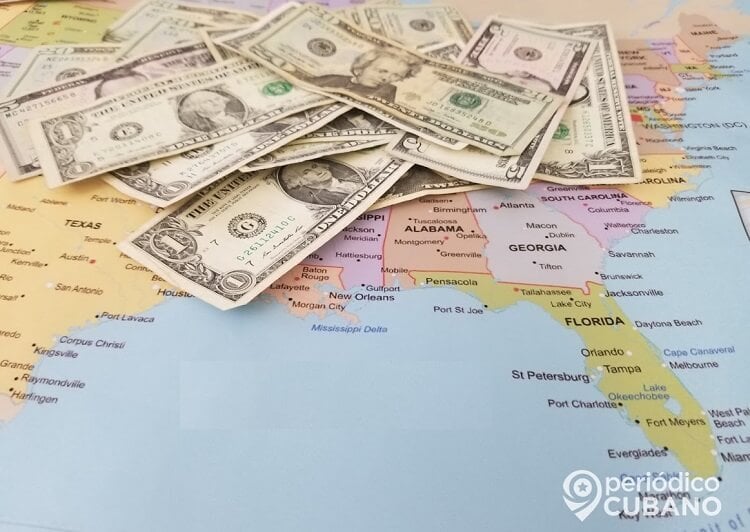The fourth stimulus check in the US is still being discussed
Although there is no concrete project yet, Democratic representatives and senators continue to pressure President Joe Biden to support sending a fourth stimulus check. However, the more than 80 congressmen who support the economic plan have not yet achieved final approval.
But if one thing is true, the Biden administration is focused on its infrastructure plans, families and now the 2022 budget.
There is something important to note and that is that if Congress were to discuss an economic aid similar to the $1,400 US Rescue Plan (ARP), experts suggest focusing it on the poorest families, so this time, it would not reach everyone those who previously benefited.
If so, the number of people who are going to receive the check would be considerably reduced, and they would be practically those in conditions of real poverty. This would mean less costly for the treasury, but it would lower poverty levels.
“If Congress wanted to further reduce poverty or provide additional resources more broadly, the additional payments could do it,” says a report “How Additional Cash Payments Would Reduce Poverty” from the Tax Policy Center.
And although the fourth aid has not yet materialized, the experts are already making two projections in their analysis, even considering a fifth check.
“We modeled two options for additional payments of $ 1,400. One would start phasing out at lower income levels, what we call the faster removal pay. This payment would provide targeted relief to slightly lower-income people and would include everyone, rather than just citizens,” he says.
The good thing about the proposal is that it would include undocumented immigrants to be more effective in reducing poverty, in addition to the fact that the application of the funds would gradually eliminate eligible people, but with broader ranges, so that each American would receive different funds considering your income, although the eligibility line would be lower, not $ 75,000 per year per person.
“The other payment option we modeled would replicate the ARP payment thresholds and limit eligibility to citizens,” the report says. “As long as payments begin to be phased out above the poverty level, they will have a strong anti-poverty effect.”
For their part, Elaine Maag and Kevin Werner, consider “including everyone in the US in payments instead of restricting them to citizens has the greatest effect on Hispanics.” This approach “would reduce the Hispanic poverty rate from 13.3 percent to 9.0 percent.”
A fifth payment, which is marked as “a second faster elimination payment” would reduce that poverty rate to 6.3 percent among Hispanics.

